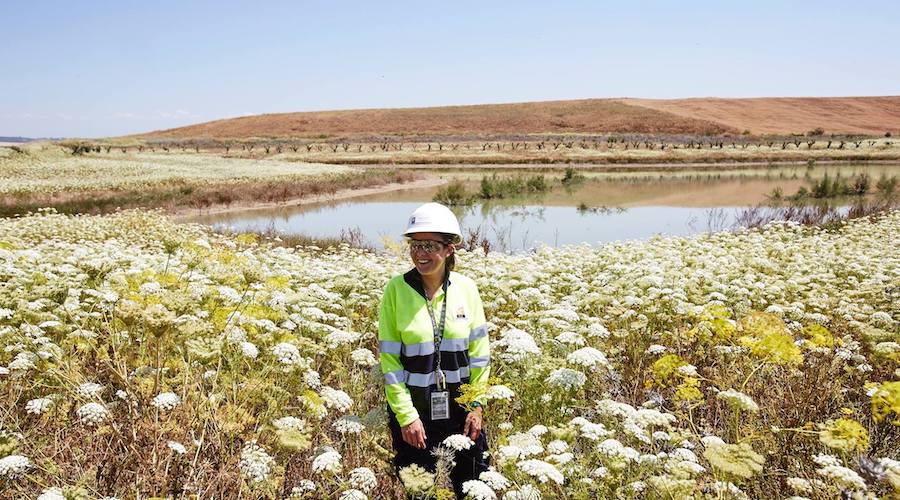How microbes contribute to the formation of giant copper deposits

A paper published in the journal Geology predicts that scientists are close to proving that microbes have control over the precipitation of metals in near-surface environments.
The authors of the study reached this conclusion based on what they have seen at the unusual Las Cruces deposit, located 8 kilometres from the city of Seville in the Spanish region of Andalusia. There, a significant part of high-grade copper ore occurs as thick, massive veins of copper sulfides. In the researchers’ view, this is direct evidence that mineralization is currently being formed in relationship with active aquifers and in an area isolated from the surface by a thick layer of marl.
The scientists were able to extract the samples they are working thanks to the help of Canada’s First Quantum Minerals (TSX:FM), the company that owns the open pit mining operation. They describe the samples as pristine, as they had never been in contact with the atmosphere.
Using different microbiological techniques and detailed electron microscope studies, the experts saw that copper sulfides are precipitating in a relationship with colonies of sulfate-reducing microbes.
In a media statement, the researchers explained that they saw nanometer-sized crystals of covellite embedded in the polymeric compounds that encapsulate bacteria.
“These crystals coalesce, later forming the big veins. However, much more work is needed in order to know to which extent these processes are global and if microbes control most of the formation of the secondary copper deposits,” their press release reads.
{{ commodity.name }}
{{ post.title }}
{{ post.date }}

Comments
18wheel
Yes. I have some sort of iron crystals in my back yard (ball shaped, marble sized, reddish ext metallic crystalline int, can break with hammer – importantly in different stages from small red to large eroding brown) geologist tells me volcanic, I’m not convinced.